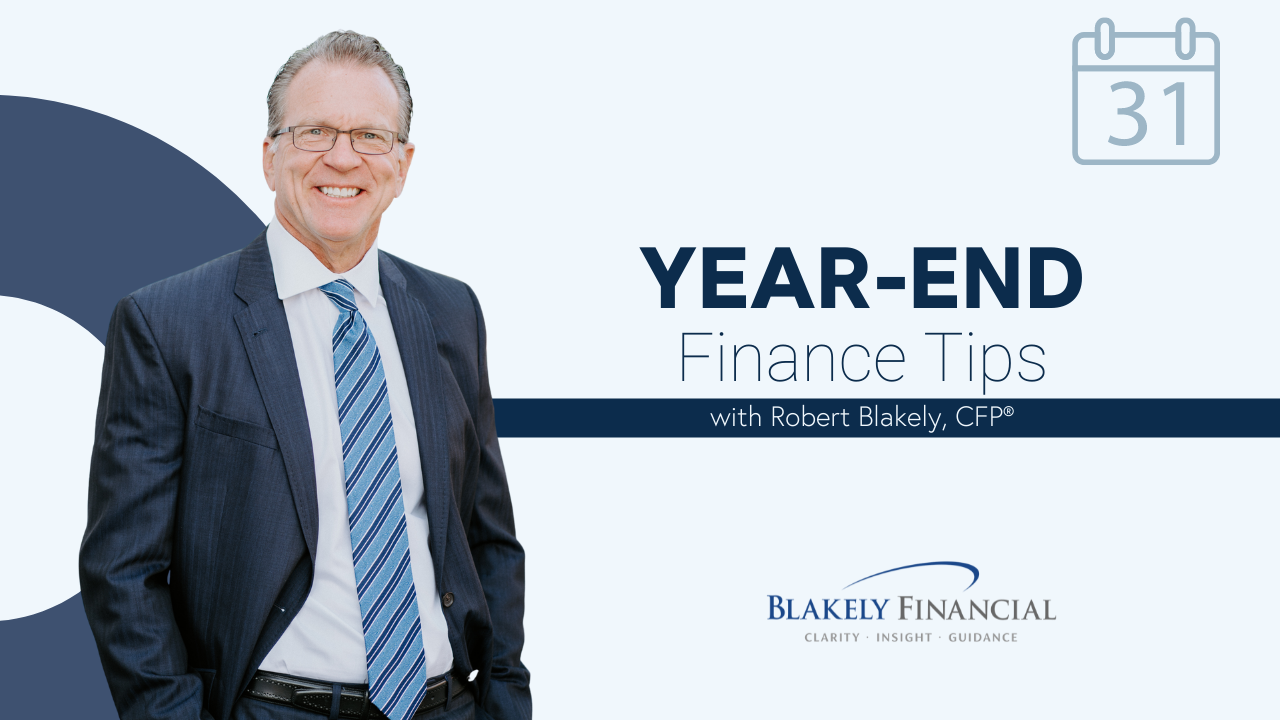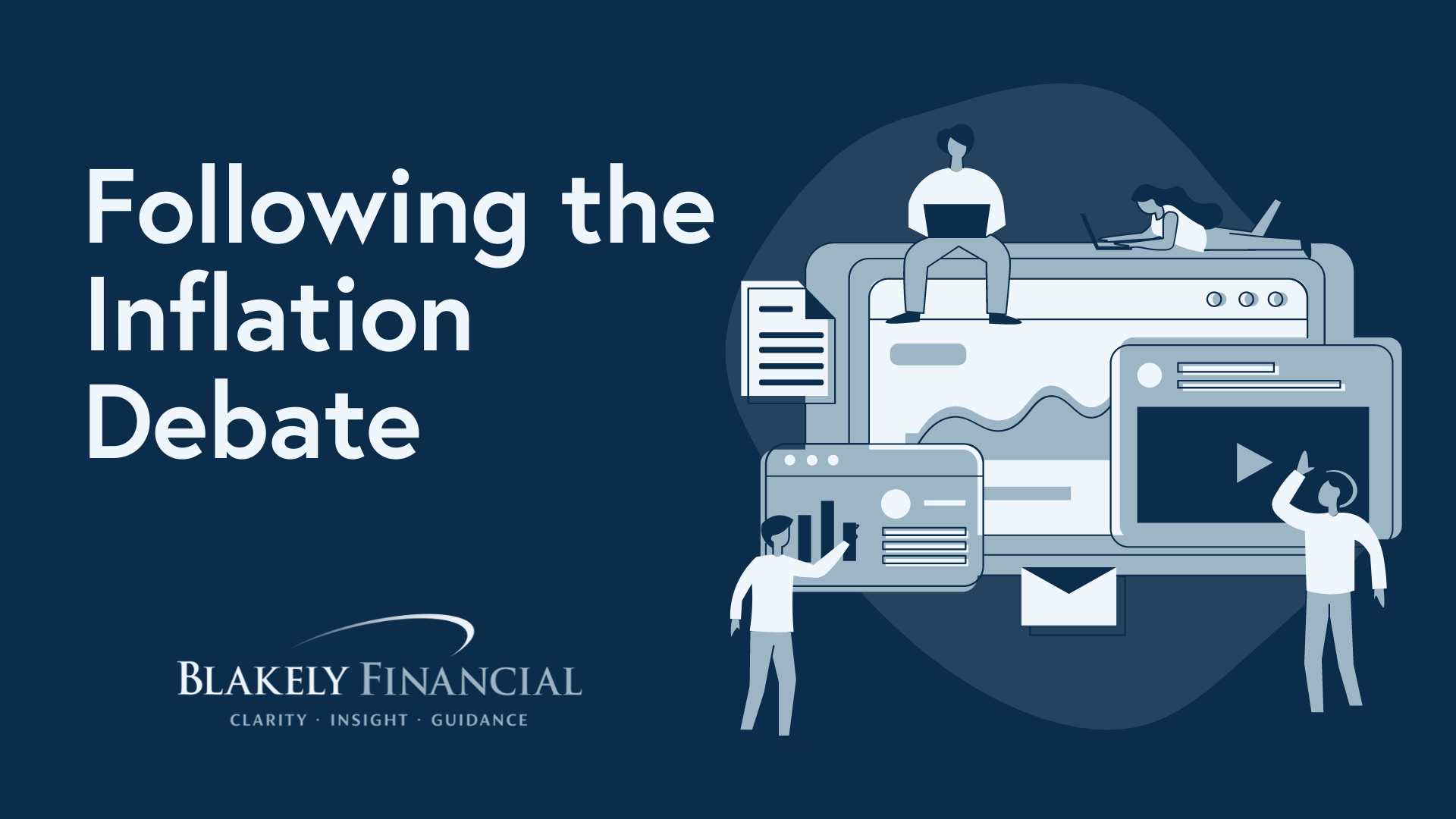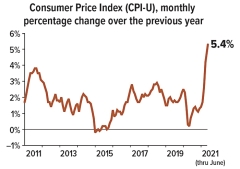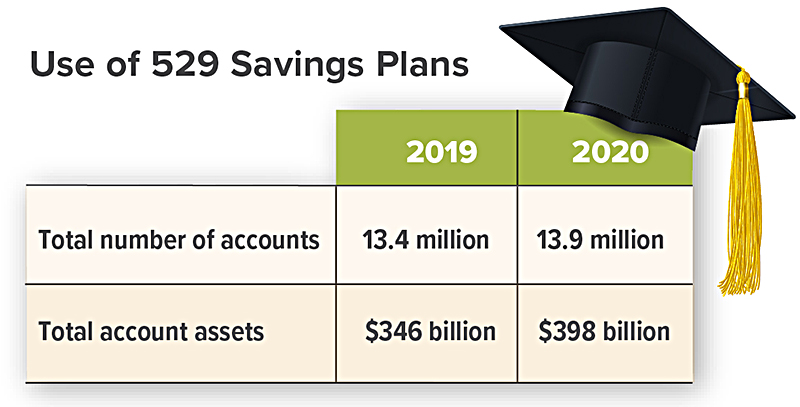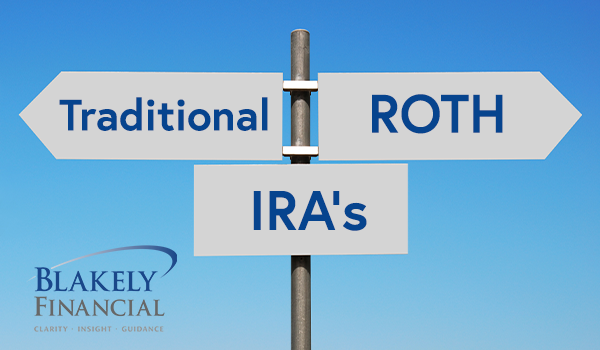There is no agreed-upon age to begin teaching your child about money. Some sources claim they should learn around age 7, while others say they need to be familiarized with the concepts at age 3. There are plenty of ways to teach your young child about money, especially in subtle ways that help them build the skills they will later need for financial literacy.
Does a toddler really need to know about money?
As with many financial matters, our team at Blakely Financial believes the best advice is to start early. The sooner children learn financial fundamentals, the more likely they will become informed investors later in life. You never know; you may even benefit from learning alongside your child! If there are areas where you could use a refresher, take the time to review those topics as you approach them with your son or daughter. Remember to always consult with your financial advisor for guidance on investing and saving.
Obviously, a toddler will not understand the importance of a diverse portfolio. There are ways, however, to provide children with skills that will help them make smart financial decisions as they age. The first few years of life are critical for mental development. Toys that incorporate counting, such as building blocks, can help your child develop mathematical skills. Many young kids books also cover important topics like saving, spending, and the value of a dollar.
How can I teach money skills to a young child?
Teaching your child about money doesn’t just mean describing how to create a budget. Forming a positive association with the concept of money is essential to future financial wellness. Be sure you and your partner don’t instill a negative association with money in your child by arguing about finances in front of them. Do not avoid the topic of money altogether, but be careful not to speak in such a way that could cause your child to associate negativity and stress with the concept of money. Your child could develop “money avoidance” tendencies where they resist acknowledging their finances or learning more about budgeting and saving.
Consider using physical cash more often. If your young child only sees things being purchased with a card, they may take longer to understand the concept of money and the value of a dollar!
Another way to indirectly teach a young child about money is to educate them on the difference between wants and needs. When you are very young, it can feel as if you need something that is actually just a want. Be sure to discuss the difference between these terms with your child so that they can learn to categorize the two by themselves. Talk about wants and needs in terms of the consequences they will face if they don’t get to have/do the thing they want or need. This line of thinking will help them prioritize their needs over wants; an essential skill for dealing with money later in life.
How can these skills be expanded as my child grows?
The skills they learn (physical cash, wants vs needs, math) can be applied to their own purchases as they begin to earn and possess their own money. If your child receives money from family members for birthdays or holidays, consider how you will help them use it wisely! Maybe you will offer to hold on to some of the money for them or get them a piggy bank. Try to discuss what they would like to do with the money and make suggestions, but don’t go overboard!
Let them make mistakes. Though it may be tempting to take full control over your child’s money, you need to allow them the freedom to slip up. If, for instance, they immediately spend all of their birthday cash on a video game, they will learn the consequences when they want something else and don’t have any money left over. This is a far more effective lesson than simply being told what to do, so be sure to give your child a reasonable amount of freedom when it comes to spending! By the time they become a teenager, these skills will help them navigate the financial freedom of their first job and beyond.
Engage with the entire Blakely Financial team at WWW.BLAKELYFINANCIAL.COM to see what other specialized advice we can provide towards your financial well-being.




